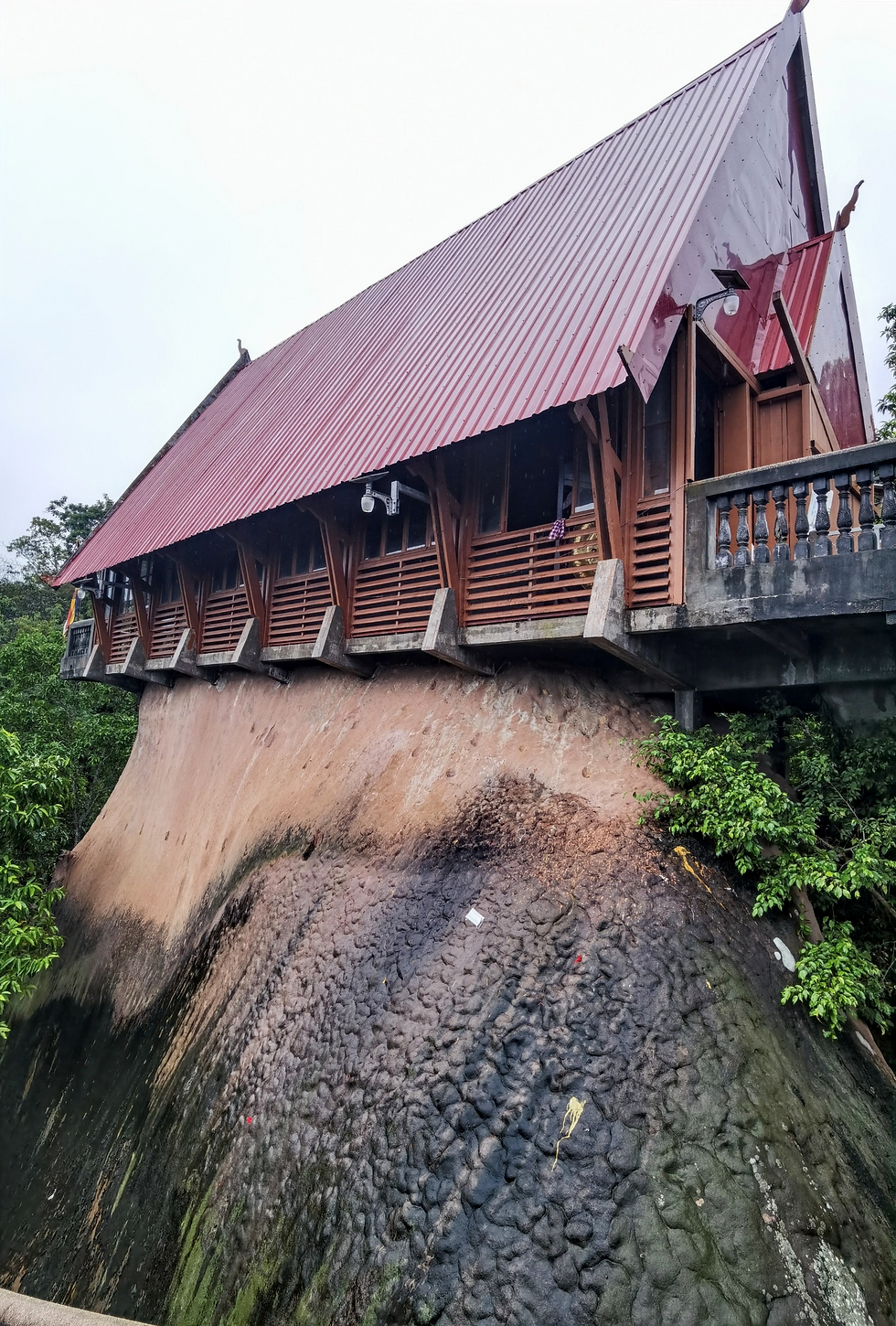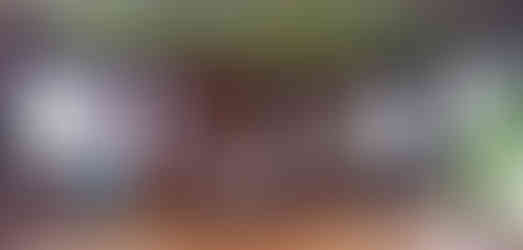Siem Reap: Phnom Kulen, Banteay Srei & Sunset at Pre Rup
- MaxiMiserMom
- Sep 16, 2022
- 6 min read
Updated: Sep 18, 2022
After visiting a string of temples the previous day, I knew there'd be a mutiny on board the tour bus if I were to suggest we visit temples again a second straight day. With the help of our guide, Bunpheng of Angkor Doors, I put together an itinerary with plenty of natural scenery at Phnom Kulen (Mountain of Lychees), and which would also allow us to put our free Angkor Pass to good use at Banteay Srei.
When we purchased our 1-Day Angkor Pass the day before, we were each given a free Angkor Pass for use the following day because of an ongoing promotion (ending on 31 December 2022) by the ticket office. Bunpheng had alerted me to this promotion by e-mail, prior to our arrival in Siem Reap.
Before picking us up from the hotel, Bunpheng had gone to a ticket office in town to purchase our admission passes for Phnom Kulen. The passes cost USD20.00 each. As for Bunpheng's charges for the day, they were very reasonable at USD200.00 for the 10 of us (i.e. USD20.00 per person), inclusive of transport by air-conditioned 25-seater bus.
Poeng Ta Kho, Phnom Kulen
We began our adventure at 0830 hrs. Our first stop on Phnom Kulen was Poeng Ta Kho, and the drive there took about 1.5 hours, with a brief toilet stop at the base of the mountain. Take note that there are currently very very few public washrooms on Phnom Kulen.
The road at Phnom Kulen was one way. Before 12 noon, only vehicles going up were allowed through. After 12 noon, vehicles could only head down the mountain and not up. The road was winding, unsealed and bumpy. There were also large rocks jutting out into the road which our driver carefully avoided.
Poeng Ta Kho was only 50m away from the car park. As soon as the cliff appeared before us, our jaws dropped and our legs turned to jelly involuntarily.

We had to cross a thin, rickety wooden plank to get to the cliff. Honestly, had I looked down the deep crevice next to the plank before crossing it, I wouldn't have been able to do it. Swallowing a deep-fried tarantula would have been easier. Well, they say ignorance is bliss, and it sure was in this case.

The panoramic view of the rainforest from Poeng Ta Kho was spectacular. Definitely a must-see when in Siem Reap.
Upper & Lower Waterfalls, Phnom Kulen
The carpark for the waterfalls was huge. We thought we'd see other visitors there, but ours was the only bus parked there that morning. Before alighting from the bus, I braced myself for an oncoming onslaught of villagers charging at us with souvenirs and local produce for sale. Unexpectedly, nothing happened.
The route to the Upper Falls was lined with stalls selling souvenirs, clothes, trinkets, traditional medicine, etc. Items for sale were laid out neatly at each stall for all to look, touch and feel, but not a soul was in sight to man the stalls. The whole place felt strangely empty. Oddly enough, walking through that empty marketplace demonstrated to me how honest and trusting the Cambodians were. All prior misconceptions I had about Siem Reap being crime-ridden evaporated right there at Phnom Kulen.
We noticed what looked like wooden penises for sale at many of the stalls, along with a black liquid bottled in used 1.5L mineral water bottles. Bunpheng explained that the liquid was traditional Khmer medicine for erectile dysfunction. At first I found it peculiar for such products to pop up all over these stalls, then I remembered that Phnom Kulen is home to the River of a Thousand Lingas; linga being the "phallic symbol that is worshipped in Hinduism as a sign of generative power that represents the god Shiva".
We followed the sound of running water to a river, then the Upper Falls.


Getting to the Lower Falls was more challenging. We had to trek through a muddy forested area with loose gravel, before descending a flight of 100 steps. Really proud of my aunt, the octogenarian in our group, who managed the trek really well.
September is part of the rainy season in Siem Reap and recent continuous rainfall had caused the waterfalls to swell greatly in size. The roar of the Lower Falls tumbling into the pool below was thunderous, and we could feel the fine spray of the falls as we approached. I'd seen pictures of the Lower Falls during dry season when they were reduced to a pitiful trickle. What we saw was the complete opposite, and Bunpheng even remarked that he had rarely seen so much water coming down the Lower Falls. The falls were beautiful and we couldn't believe that we had the whole place to ourselves.


It was 1230 hrs by the time we were done at the Falls, and hunger pangs led us to a stall selling banana fritters. The freshly made fritters were an excellent snack.

Speaking of bananas, they were grown locally on Phnom Kulen. Along the way up the mountain, we passed many stalls with large bunches of red bananas for sale. Bunpheng said the soil at Phnom Kulen was especially fertile and these red bananas grew very well there. He tried growing some at his own home, but wasn't successful. Bunpheng bought some red bananas for us to try, and they tasted really good.

River of a Thousand Lingas, Phnom Kulen
Phnom Kulen has a special place in the hearts of Cambodians because it was where the ancient Khmer Empire was founded in 802 when King Jayavarman II proclaimed himself the universal ruler. It is thought that as early as the 9th century, and between the 11th and 12th centuries, lingas were carved onto the riverbed at Phnom Kulen. River water flowing over the carvings was believed to be holy.
When we arrived at River of a Thousand Lingas, rainfall had caused the water level in the river to rise sharply, obscuring most of the carvings. We were only able to see a small section of carvings above the water level. They appeared like raised, round dots. Not quite the phallic structure that one would have in mind!

Preah Ang Thom, Phnom Kulen
Our next stop was Preah Ang Thom, a Buddhist temple constructed in or about the 16th century at the summit of Phnom Kulen. The temple is home to a 26-ft long reclining Buddha carved out of a huge sandstone rock at the top of mountain. This is the largest reclining Buddha in Cambodia.
Usually, visitors have to walk up to Preah Ang Thom. Seeing that there were no other vehicles in sight, Bunpheng cleverly approached the guards for a few words, reached into his pocket for some Cambodian Riel, and "Open Sesame!", they waved our tour bus through. We were driven to the doorstep of the temple.

We removed our footwear to walk up to where the reclining Buddha was resting. When we came back down, we washed our hands and faces with holy water. It was 1400 hrs by the time we were done at the temple, way past lunch time.
Steng Toch Homestay & Restaurant
It took slightly more than an hour to drive to our lunch stop. Many restaurants in the area had closed down due to COVID-19. Fortunately, Steng Toch Homestay & Restaurant, which started operations only in 2019, was open. I'd found this place online and was attracted to their positive reviews.
We were the only customers at cozy Steng Toch. Famished, we were over-zealous in ordering. Our whole table was overflowing with food, ranging from a delicious fish prepared in Khmer lok lak style to lemongrass frog's legs. A very satisfying meal washed down with cold Cambodian beer.
As we were eating, a random elephant appeared out of the blue and walked past us with his handler. I almost fell off my chair!

We enjoyed the food and laidback ambience at Steng Toch, and won't hesitate to recommend it. There was also a very charming picnic area at the lake opposite the restaurant, which Bunpheng said was popular with locals.

Banteay Srei (Citadel of the Women)
Our feasting took longer than expected, and we only finished lunch at almost 1700 hrs! Banteay Srei was just down the road from Steng Toch, but the temple would close at 1730 hrs. We rushed there to see the "Closed" sign, but the guards were very kind. Bunpheng had a few words with them, and they let us through. We clasped our hands in gratitude and said "Orkun", thank you in Cambodian.
Built in the 10th century, this Hindu temple dedicated to Lord Shiva was the second oldest temple I visited in Angkor. The oldest one I visited being Phnom Bakheng, which was built at the end of the 9th century. Banteay Srei was constructed out of hard red sandstone, which gave it a unique pinkish hue.
Sunset at Pre Rup
Just as we were leaving Banteay Srei, the sun began to set. We couldn't stay to watch the sun go down, but our driver managed to pull off the road at Pre Rup for us to catch the final moments of the setting sun. We couldn't have asked for a sweeter ending to our great day out.



















































Comments